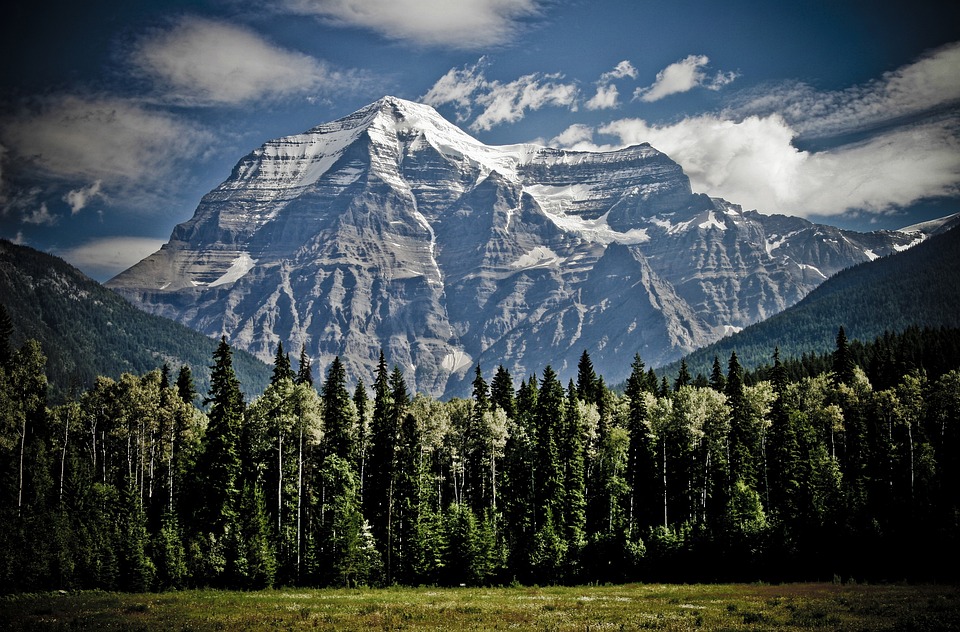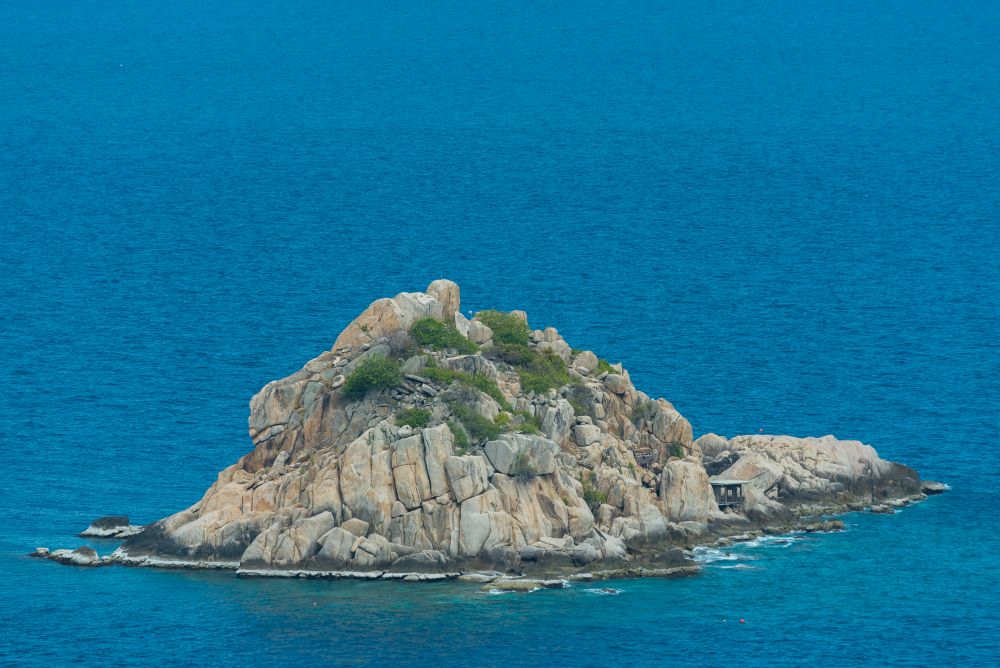In Canada, the whiskey war is over

In Canada, the whiskey war is over
For almost fifty years, Denmark and Canada have been fighting over a piece of uninhabitable rock in the’Arctic Ocean and claimed this place to the’using petty schemes that later became known as the “whiskey war”. This summer, the two countries finally put an end to this dispute by dividing the’island more or less in two.
L’Hans Island: the disputed beauty
Who among you knows the’island of Hans ? Perhaps no one, not even the players of our Canadian online casino. L’The island is part of the small archipelago of the Queen Elizabeth Islands and is uninhabited. It is only 1.3 square kilometers in size and has no major natural resources to exploit.
This unnamed rock lies in the middle of the 35-kilometre Nares Strait that separates Greenland, an autonomous territory of Denmark, from Canada.
Under international law, all countries have the right to claim any territory within 12 miles of their coastline. Technically, the’Hans Island is therefore in both Danish and Canadian waters.
Thus, Denmark claimed sovereignty over this territory because it was a part of Greenland’it was discovered in the mid-19th century and because’It considers it (as does the rest of the Arctic) to be an important issue’The archipelago is considered to be geologically part of Greenland, which it has possessed since the beginning of the 19th century. Canada, on the other hand, does not recognize the Danish discovery and considers it to be geologically part of its northern territory.
An uninhabitable place
Little more than’a large rock emerging in the icy Nares Strait’Hans Island was an ideal place for the Inuit to hunt bears, birds and other animals living at extreme latitudes. They’They called it Tartupaluk, which means “kidney” in the local language, because of its resemblance to the human kidney. This no’It was only later that the’s explorers’s broader interests in the Arctic’It became Hans Island’Hans Island, named after him, is the first island in the world’after Hans Hendrik Suersaq, the first Inuit to publish an account of his travels.

Why fight over this uninhabitable island? ?
In the Kennedy Channel, the natural border between the two sovereign countries, the’Hans Island is the smallest of the three islands that make up the Arctic’There are. It is even difficult to imagine that the’The island is called an island because it has little or no vegetation and no water sources’energy. Why then the’Is Hans Island so interesting and does it make the island a place to be?’object of’such a heated debate between Canada and Denmark ?
- Great potential as a route to the North Sea,
- New European frontier to Canada,
- Point of’extraction,
- National pride.
Beyond pure national pride, the’The island has become emblematic of the broader interests of the two nations in the Arctic’Arctic, the nautical routes and the dispute on the energy reserves of the region. It has also become a symbol of ongoing international conflicts and their often paradoxical treatment.
L’The Arctic Ocean is the most important part of the world’one of the regions suffering most from global warming, with melting glaciers and rising sea levels. D’The situation is not only a matter of mischief, but also of political and economic interests of the various world powers, which see in climate change an opportunity to discover new sources of energy’hydrocarbons, minerals and rare earths.
C’It is there that the island is located’Hans Island. The Kennedy Canal is increasingly accessible to ships and the annual days of navigability of these waters are increasing. The domination of the Arctic Ocean’It is even difficult to imagine that such a central point of the canal could be used for such a purpose’This would be particularly advantageous for the new trade routes and the’exploitation of the surrounding energy resources.
Thus, the economic prospects of the canal could be improved’s importance’add to the nationalism alone.
The funny story of the “whisky war
The “whiskey war” is a symbol of the ongoing international conflicts’is developed entirely in a context of hydrocarbons, minerals and rare earths’s situation’artifacts of a non-military nature. Braving courageously rather unfavorable climatic conditions, whole contingents fought on the few square kilometers (1,2) of the’Hans Island with a special weapon: alcohol.
It all started in 1973. Canada and Denmark have had to settle some boundary disputes, including the issue of the Arctic Ocean’A division that would cross the Strait of Nares, where the era of the explorers is located’Hans Island. But without a solution.
The situation is not’is unblocked that’in 1984, when Canada landed some troops on the small rock, planting a flag and a bottle of Canadian whiskey on the newly conquered land. A few weeks later, the Danish Minister of Greenlandic Affairs responded to the’by going on the offensive’island, where he replaced the enemy flags with a Danish flag and a bottle of schnapps, the traditional Copenhagen schnapps.
This act was followed by’other similar reactions from both sides. C’This is how the’A few weeks later, the Danish Minister of Greenlandic Affairs answered the question: “The virgin island where the Inuits used to hunt bears has become a repository of flags and banners’in this mixture of patriotism and.
What has lowered the level of tension, after almost half a century, is the fact that’is the surprise decision of Denmark and Canada to divide the EU into two countries’island in two, with a border of’only one kilometer away. Of course, to seal the peace, the two foreign ministers exchanged a bottle of Gammel Dansk bitter and a bottle of whisky !